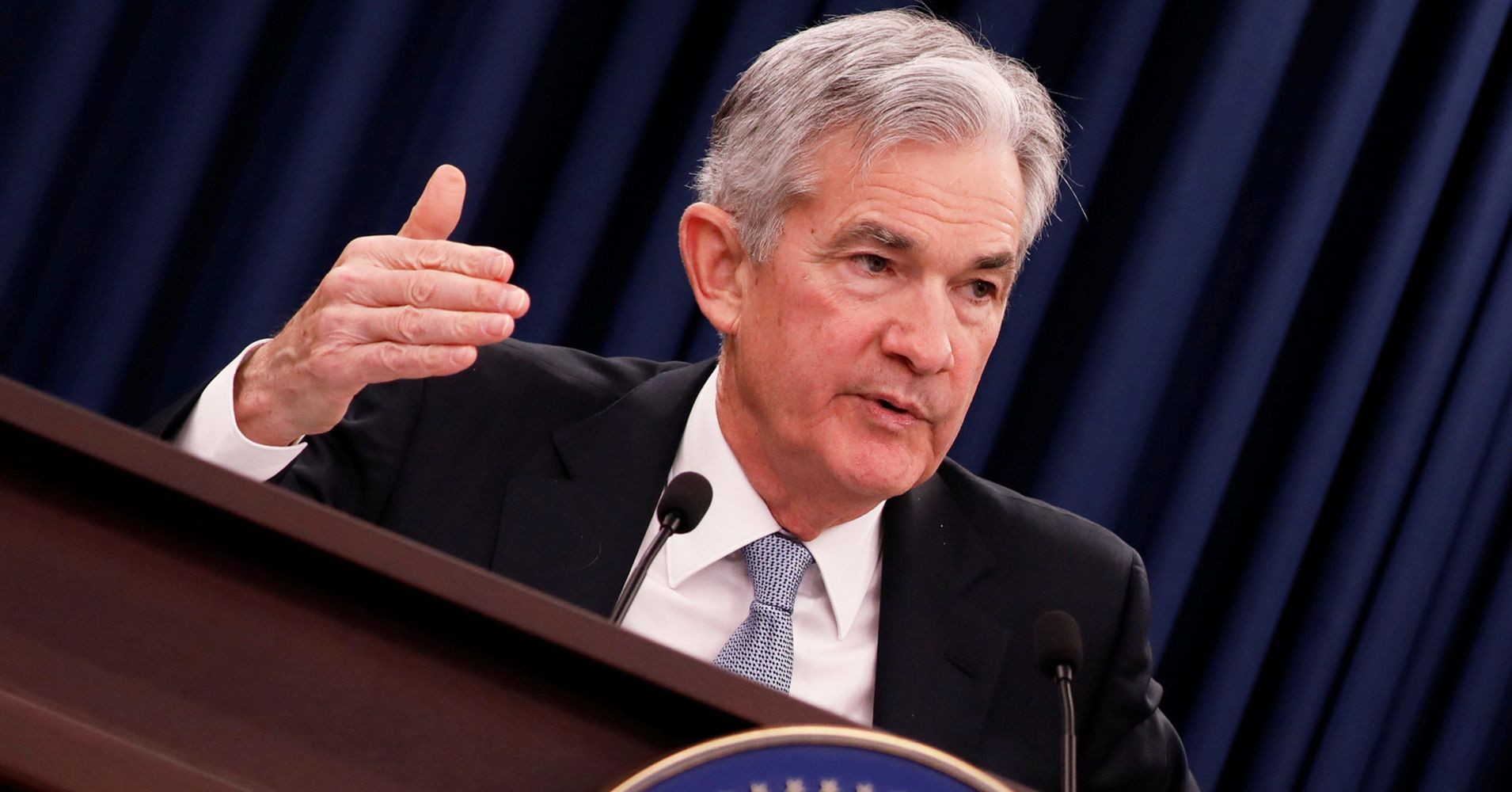Federal Reserve officials remain convinced that continuing to gradually increase interest rates is the best formula to preserve a steady economy, according to minutes released Wednesday of the central bank’s most recent policy meeting.
That may not please President Donald Trump, who has been vocal in his criticism of the central bank’s actions.
A summary of the Sept. 25-26 Federal Open Market Committee session reflected both confidence in the rate of economic growth and some hesitancy over the impact that tariffs might have on the future path.
Ultimately, the committee unanimously voted to approve a quarter-point hike to its benchmark rate target, with members indicating that more increases are on the way. The increase took the Fed’s overnight target to a range of 2 percent to 2.25 percent.
“With regard to the outlook for monetary policy beyond this meeting, participants generally anticipated that further gradual increases in the target range for the federal funds rate would most likely be consistent with a sustained economic expansion, strong labor market conditions, and inflation near 2 percent over the medium term,” the minutes read.
Policymakers discussed what the future path would be, with members saying that there might be a period where the Fed even will need to go beyond normalization of rates and into a more restrictive stance. That would be to control inflation from overshooting the Fed’s target and to address “the risk posed by significant financial imbalances.”
The Fed’s determination to continue raising rates comes in the face of increasingly heated levels of disparagement from Trump.
While most presidents have veered away from public comments about monetary policy, Trump has been vocal in his disdain for what the Fed is doing. He has called FOMC members “loco,” openly criticized Fed Chairman Jerome Powell, and asserted that higher rates are the single biggest threat to the economic recovery.
The meeting for which the minutes cover occurred before the recent stock market volatility that appeared to coincide with remarks from Powell that the Fed remains a good distance away from reaching an equilibrium on rates, indicating more increases are ahead. Trump’s comments were not mentioned in the minutes.
According to the FOMC’s discussion, however, some of Trump’s own policies also endanger the above-trend GDP gains seen during his presidency.
Fed members’ business contacts indicated general confidence about the prospects for growth, while citing several potential obstacles once fiscal policy started to wear off.
“Despite this optimism, a number of contacts cited factors that were causing them to forego production or investment opportunities in some cases, including labor shortages and uncertainty regarding trade policy,” the minutes said.
“In particular, tariffs on aluminum and steel were cited as reducing new investment in the energy sector. Contacts also suggested that firms were attempting to diversify the set of countries with which they trade — both imports and exports — as a result of uncertainty over tariff policy,” the summary added.
Farmers also reported that tariffs were lowering crop prices, though they anticipated that a recently passed federal compensation program would alleviate some of that pressure. Moreover, some industrial contacts reported having stronger pricing power to help allay the rising input costs that the tariffs had brought on.
The conflicting signals come as the Fed is seeking to normalize policy through steady but gradual rate hikes.
Another development from the last meeting saw the committee remove the word “accommodative” from its description of the future policy path. In a post-meeting news conference, Powell told reporters not to read too much into the move, but the minutes provided more detail on why the FOMC decided to change the language.
There were two factors that came into play: That the change wouldn’t mean much because the Fed still remained well below its longer-run rate target, and that it wouldn’t make sense to wait until the funds rate had been raised even more.
That, committee members agreed, would suggest “a false sense of precision” of where the rate might be.
Many Fed watchers took the move to mean that the committee was getting closer to the end of its rate hikes, but that interpretation soon proved off the mark. The minutes said including “accommodative” was not “providing meaningful information in light of uncertainty surrounding the level of the neutral policy rate.”
The move is in keeping with recent remarks from several Fed officials, who appear to be veering away from targeting a longer-run “neutral” rate that is neither restrictive nor accommodative and instead letting economic data and financial conditions be the guide.
Indeed, the minutes note that future policy moves would “depend on the evaluation of incoming information and its implications for the economic outlook.
“In this context, estimates of the level of the neutral federal funds rate would be only one among many factors that the Committee would consider in making its policy decisions.”
Some members even suggested the Fed should hold periodic reviews for how it is formulating policy.


 Signal2forex.com - Best Forex robots and signals
Signal2forex.com - Best Forex robots and signals




